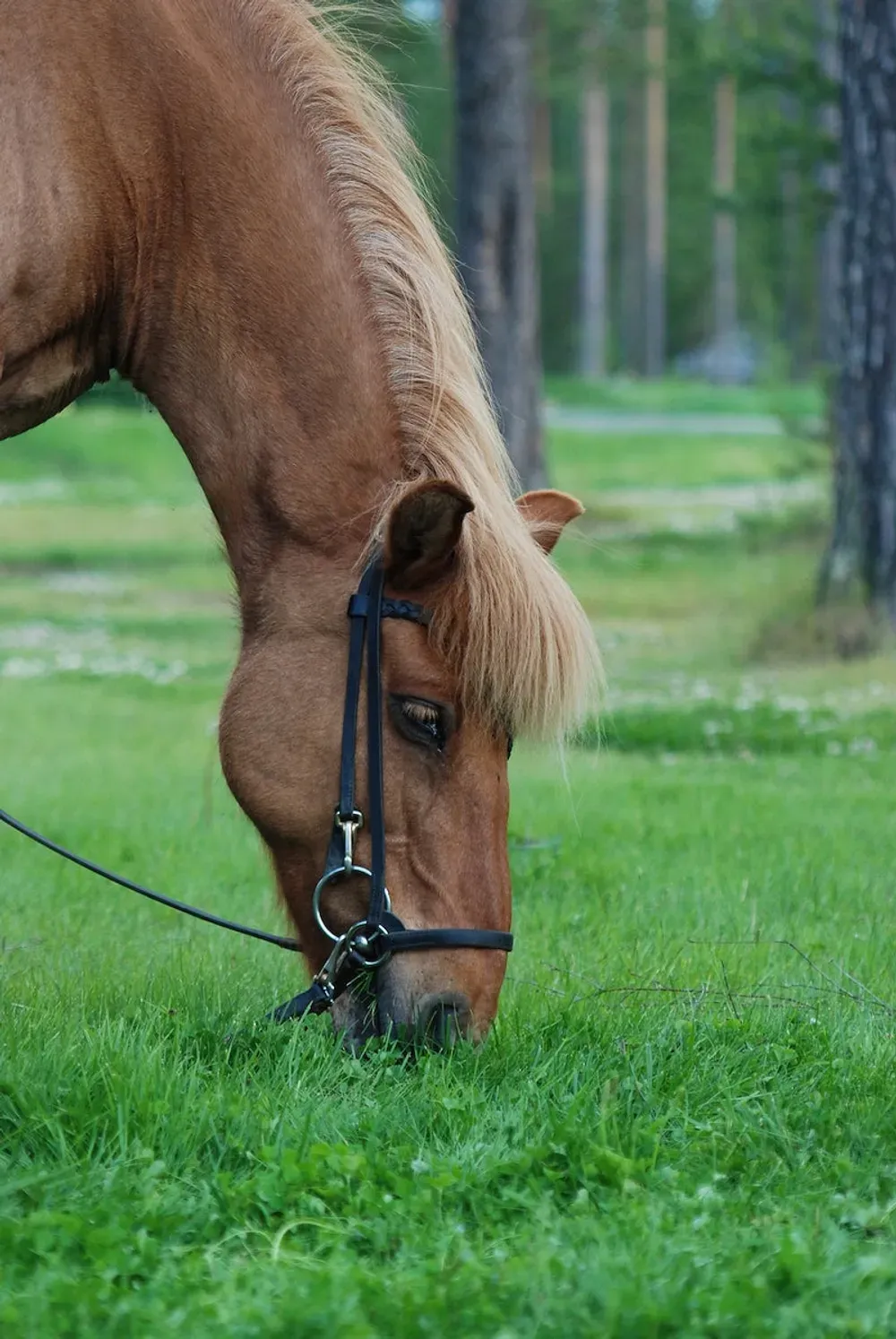
Table of Contents
Some horses are preoccupied with eating grass and at every opportunity start grazing when bridled. Many owners then find themselves in a constant tug-of-war with their horses. It is very amateurish to haul your horse out of the grass before you can do anything with him. However, this is easy to cure and does not have to be a problem.
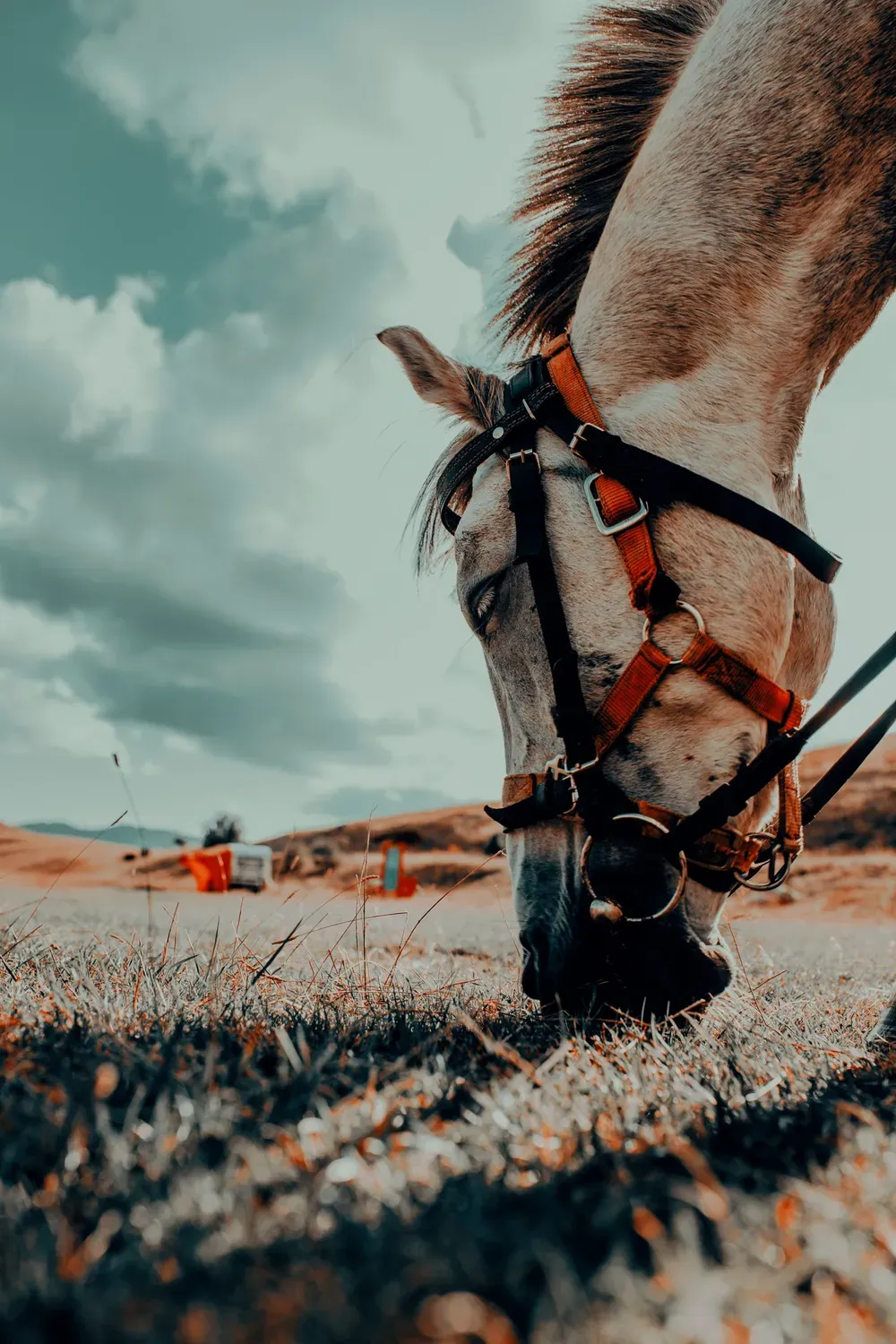
Grazing while tacked up
Permit your horse to graze at times but he must respect you and stop as required.
How do I get my horse's head out of the grass when he is being led?
A horse that will not lift his head out of the grass is disrespecting you and does not regard you as a higher member of the herd. You might be able to lift his head after a real struggle only to find he stretches down and starts eating again. You then find yourself in a cycle of constantly trying to pull him up. Stop this as the solution is not pulling him up but concentrating on moving his feet. There are two reasons to move his feet.
- Establishing dominance and a higher herd position.
- Moving his feet will automatically lift his head.
Next, we will look at these two things in greater depth.
Why do I establish dominance and a higher herd position than my horse?
Understanding how horses think permits a good relationship with your equine partner based on trust and security. Your horse will regard you as a herd member even if he exists in a group of other horses. He will have established a pecking order with all members of his herd and that will include you. So if your horse regards you as a subordinate member of his group he will not respect you.
This lack of respect will be displayed in different ways and will be related to the horse's personality. So a kind-natured horse will be more tolerant and forgiving than a horse with a mean streak. However, in all cases, the horse will show that he is dominant. The horse that thinks a lot about eating may show his dominance by stopping you lead him on a loose rein without a grass tussle.
How do I establish dominance and a higher herd position than my horse?
This is achieved by understanding the language of horses. A subordinate horse will move away from a higher-ranking horse as an act of submission. In effect, the higher-standing horse stands his ground while the subordinate horse moves away. To initiate this expect your horse to move away from you rather than you walking around him. For example, if he is standing in the stable and you want to pass him, you must ask him to move away sideways or back up away from you. This tells your horse that you have to be listened to.
It is recommended that you achieve full join-up with your horse to cement your leadership role with your horse.
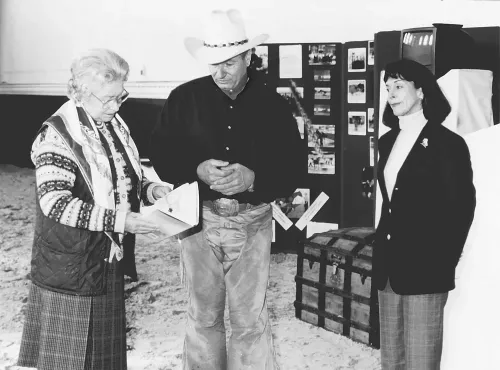
Article Suggestion
Monty Roberts: Revolutionising Horse Training Through Join-UpWhy do I move my horse's feet to lift his head from the grass?
Having established leadership means that your horse will be listening to your commands. So he is eating grass and you decide that it's time for him to do something. Jiggle your reins/lead rope just before asking your horse to move forward but do not start pulling at his head. Remember that to move forward with you he must raise his head. Now if he does not move forward reinforce the command and back it up with a reminder from the end of your lead rope or schooling whip by deploying a few sharp slaps around his ribs. This process might need to be repeated a few times before your horse gets the message.
Remember, you want two things.
- Your horse to walk by your side on a loose rein.
- To lift his head while standing and remain like that on a loose rein.
Once your horse is accustomed to the jiggling of his reins and then being asked to walk forward on loose rein you can jiggle your reins to make him lift his head and wait patiently for the next instruction.
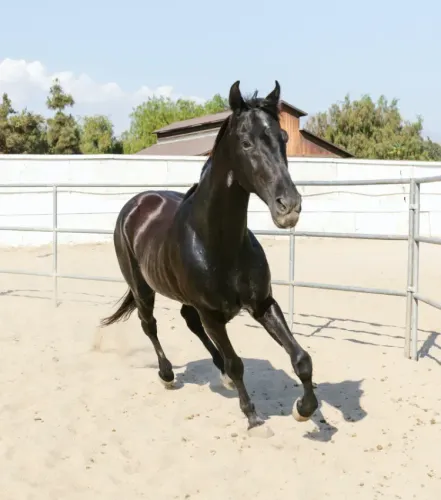
Article Suggestion
The Power of Negative Reinforcement: How Horses Learn from the Release of PressureTop tip to improve your horses emotional wellbeing!
Horses are far stronger than humans and we can not use our strength to control them. We must become the leader and provide security.
The take-home message
When working with your horse become the natural leader through join-up and learn to move your horse's feet around you. Never get into a tug of war by hauling your horse's head out of the grass with your reins/lead rope. It is okay to permit your hose to have a bite of grass but he should raise his head and have loose contact with the reins/lead rope for as long as you require.
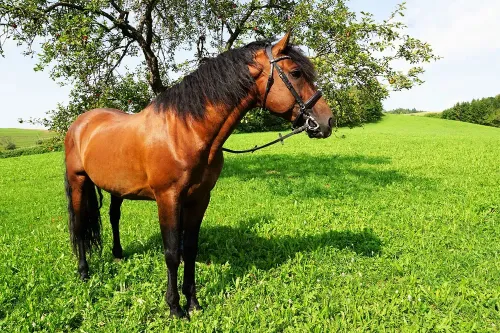
Article Suggestion
Horse Mental Health: Spotting and Managing Problems
